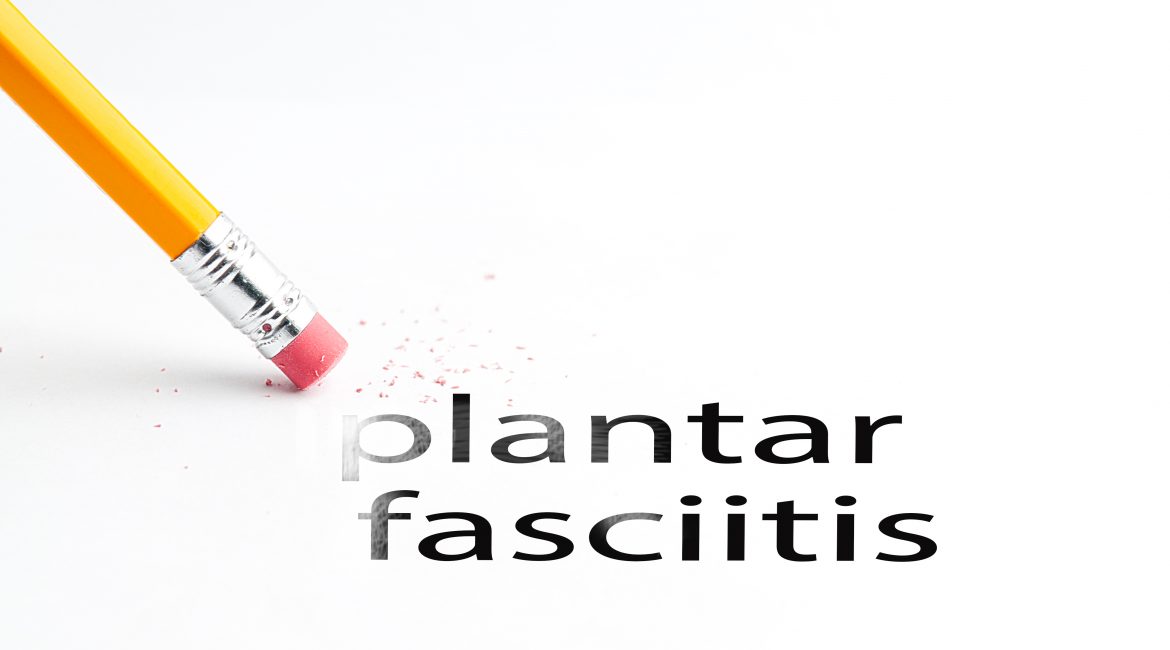Do Orthotics Work for Plantar Fascia Pain?

Have you had heel and foot pain?
You probably cringe when you remember the pain.
Trust us….it’s often not the most gratifying thing to treat as practitioners either!
It’s one of those conditions where one type of therapy works great for one person and then is completely useless for the next.
Stack on top of that the fact that the pain lasts for a LONG TIME. In fact remission is only seen in 60-80% of people over the course of one to two years. Yes you read that correctly…..it can take 1-2 years to get better and even then only 60-80% of cases resolve.
You have likely heard from friends about 5-10 different things that you HAVE to try as it completely cured them. You may be recommended stretching, shockwave therapy, laser therapy, even Strasburg socks at night (they look like large Elve socks).
But what about orthotics?
We get asked about orthotics by pretty much every patient diagnosed with plantar fascia pain. In fact, custom insoles are still by far the most frequent intervention for plantar fascia pain around the globe (but not at our clinic).
If you asked us to explain our sentiments on orthotics in one sentence it would be this;
Yes we do them on occasion, but typically as an intervention of last resort
This means that all other treatment methods have failed. Our go to treatments are advice, manual therapy, and most importantly high load and intrinsic foot strengthening exercises. In fact we’ve done at least 3 video blogs promoting foot strength exercises Blog one Blog two Blog three.
So why not orthotics right away? To be blunt…..we don’t find them that useful. In fact, we feel they play a role in weakening the foot so while it may on occasion make your foot feel better in the short term, you may be setting yourself up for failure in the long term.
Then just recently an important study called the STAP study got published in the British Journal of Sports Medicine that did a beautiful job of seeing whether or not orthotics are actually useful in plantar fascia pain over a 6 month period.
This was a randomized clinical trial in which people were referred to the study by their physicians and then assigned to one of 3 groups:
- Referral to a podiatrist for custom made insoles
- Referral to a podiatrist and then given sham insoles
- GP led usual care
Whenever you see ‘GP led usual care’ in a study our suspicion level goes up. What exactly does that mean?
In this case it meant any care that the GP would typically use on a plantar fascia pain patient. This could be Tylenol, advil or other non steroidal anti-inflammatory medication, cortisone injections….literally anything except orthotics.
For the orthotics, the study used 50 podiatrists who were instructed to make the orthotics however they seemed fit.
(On an interesting side note, the podiatrist agreed that the people referred to them needed orthotics an alarming 96.2% of the time!)
The sham insoles were all the same. The patients had no idea if their insoles were custom orthotics or the sham ones!
Participants in all 3 groups received information sheets educating them on plantar heel pain as well as information on stretching and strengthening exercises (similar to the care you would get at The Proactive Athlete).
The results?
Overall there were NO DIFFERENCES between the custom made insoles and sham insoles in pain and function through the course of the study. This alone is shocking.
But that’s not all.
After 12 weeks, the group randomized to GP led usual care showed a significantly LARGER IMPROVEMENT versus the custom insole group in pain during activity, first step pain, pain and function subscales and self reported recovery.
Taken verbatim from the study:
“Healthcare providers such as GP’s and podiatrists should be reserved in prescribing custom-made insoles to patients with plantar heel pain.”
Now to be clear it’s not that we NEVER dispense orthotics. That said we likely do less then a dozen throughout the year for our entire clinic. We have always had much greater success strengthening people’s feet with high load and intrinsic foot exercises. It’s nice when a big scale study backs up your methods.
